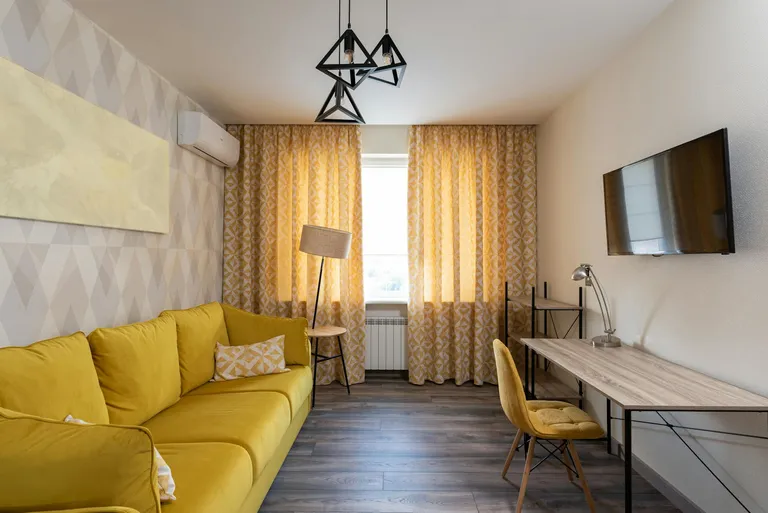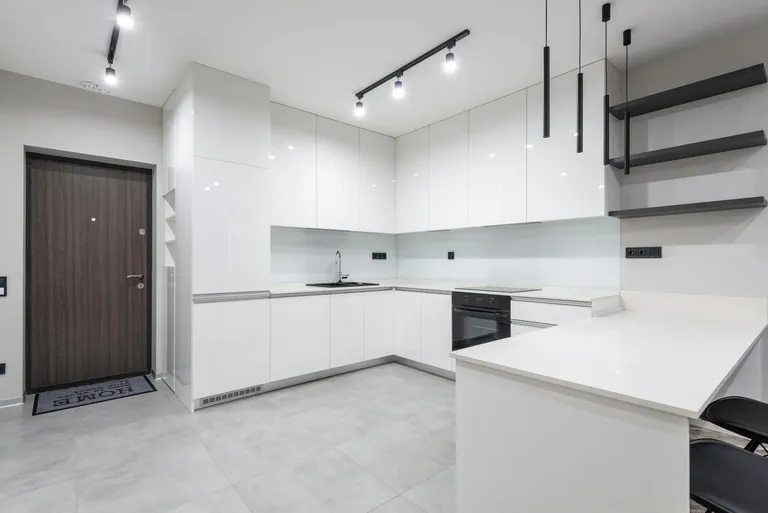By: Brayden
Published: May 14, 2025
Last Updated: May 16, 2025
Architectural Lighting: Design, Solutions & Applications

Architectural lighting stands as the cornerstone of modern design, wielding the unique power to transform spaces and influence every aspect of the built environment. As the fundamental element that shapes perception, mood, and functionality, lighting design requires careful consideration and expertise to achieve the perfect balance between form and function.
The Art and Science of Architectural Lighting
Foundation of Design Excellence
Light serves as the most versatile design element in architecture, possessing the unique ability to enhance or transform every other component within a space. Through thoughtful implementation of lighting solutions, designers can:
- Create depth and dimension in architectural spaces
- Establish visual hierarchies
- Define spatial boundaries
- Enhance material textures and finishes
- Support human comfort and wellbeing
Integration with Architecture
Success in architectural lighting stems from seamless integration with the building's design intent. Modern lighting solutions offer unprecedented flexibility while maintaining aesthetic excellence, allowing designers to:
- Complement architectural features
- Achieve optimal light distribution
- Maintain visual comfort
- Support sustainability goals
- Enhance space functionality
Comprehensive Lighting Solutions
Recessed Lighting Systems

Modern recessed lighting represents the pinnacle of discrete illumination. These systems offer:
- Minimal visual impact
- Precise beam control
- Adjustable positioning
- Glare reduction technology
- Various aperture sizes
- Energy-efficient LED options
Linear Lighting Solutions

Linear lighting systems provide versatile design options that can:
- Create continuous lines of light
- Define architectural features
- Offer seamless integration
- Provide even illumination
- Support wayfinding
- Enable creative expressions
Surface and Pendant Systems
Surface-mounted and pendant lighting solutions add both functional illumination and visual interest:
- Contemporary aesthetic options
- Flexible mounting configurations
- Direct and indirect lighting capabilities
- Custom finish selections
- Scalable solutions for any space
Applications and Environments
Commercial Spaces
Commercial architectural lighting demands solutions that balance aesthetics with functionality:
Office Environments
- Task-specific illumination
- Glare control for computer work
- Energy management systems
- Flexible space adaptation
- Human-centric lighting approaches
Retail Spaces
- Product highlighting capabilities
- Brand-appropriate aesthetics
- Dynamic lighting scenes
- Energy-efficient operation
- Maintenance-friendly designs
Hospitality Settings
The hospitality sector requires lighting that creates atmosphere while maintaining functionality:
- Mood-setting capabilities
- Scene control systems
- Decorative elements
- Durability for high-traffic areas
- Easy maintenance access
Residential Applications
Residential architectural lighting focuses on combining comfort with sophistication:
- Living space enhancement
- Task lighting solutions
- Aesthetic consistency
- Simple control systems
- Energy efficiency
Technical Considerations
Light Quality
Superior architectural lighting depends on:
- Consistent color rendering
- Appropriate color temperature
- Balanced light distribution
- Effective glare control
- Dimming capabilities
Control Systems
Modern architectural lighting systems incorporate:
- Programmable scenes
- Daylight harvesting
- Occupancy sensing
- Mobile device control
- Building management integration
Sustainability Features
Environmental consciousness drives modern lighting design through:
- Energy-efficient LED technology
- Recyclable materials
- Long-term durability
- Smart control systems
- Minimal maintenance requirements
Design Process and Implementation
Planning Phase
Successful architectural lighting projects begin with comprehensive planning:
- Space analysis and requirements gathering
- Lighting calculation and modeling
- Product selection and specification
- Control system design
- Energy consumption analysis
Installation Considerations
Proper installation ensures optimal performance:
- Precise positioning
- Proper power distribution
- Control system integration
- Commissioning procedures
- Performance verification
Maintenance Planning
Long-term success requires consideration of:
- Access points for service
- Replacement part availability
- Cleaning procedures
- Performance monitoring
- Update capabilities
Innovation in Architectural Lighting
Emerging Technologies
The future of architectural lighting embraces:
- Smart building integration
- IoT connectivity
- Human-centric lighting
- Sustainable materials
- Advanced control systems
Design Trends
Current architectural lighting trends include:
- Minimalist aesthetics
- Biophilic design integration
- Flexible space adaptation
- Wellness-focused solutions
- Interactive lighting experiences
Conclusion
Architectural lighting continues to evolve as a crucial element in modern design, combining aesthetic excellence with technical innovation. Success in architectural lighting requires a thorough understanding of both design principles and technical capabilities, ensuring that each project achieves its full potential in enhancing the built environment.
Whether for commercial, hospitality, or residential applications, thoughtful architectural lighting design creates spaces that inspire, function efficiently, and stand the test of time. By embracing current technologies while maintaining focus on fundamental design principles, architectural lighting remains at the forefront of creating exceptional environments for human experience and interaction.
